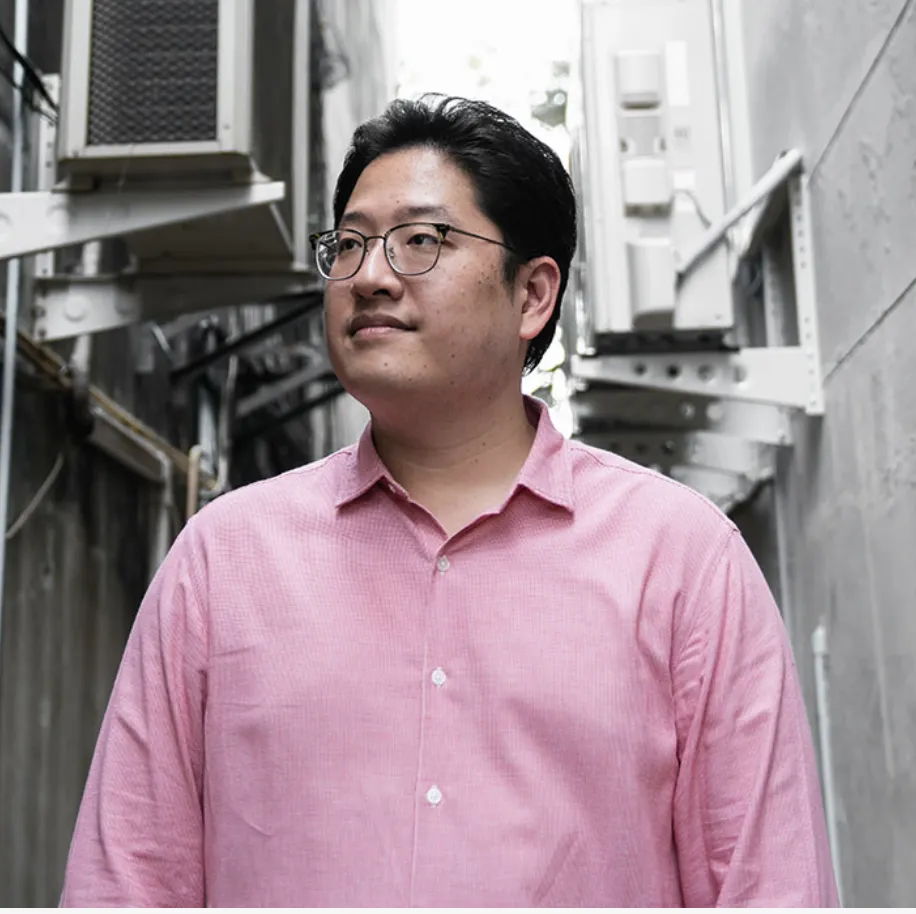The School of Communication Arts, Bangkok University, was established in the academic year 1971. It was the first private university in Thailand to offer a bachelor's degree in communication arts.
In the early days of its establishment, the School was called the "Department of Mass Communication." It had only one full-time School member, and the instructors were invited from state universities and professionals in the field of communication from both the public and private sectors.
In 1974, the name of the department was changed to the "School of Mass Communication." The School had three full-time School members, and the curriculum focused on public relations. The curriculum was approved in 1971 to offer two majors: public relations and journalism.
At the same time, a meeting was held to consider expanding the School's offerings to include an advertising major. The meeting also considered the appropriateness of the name "School of Mass Communication". The meeting agreed that the definition of "mass communication" was too narrow. The School had plans to offer other majors in the future, such as advertising, performing arts, and broadcasting.
In the end, the meeting voted to use the term "Communication Arts," which is a broader term that encompasses all forms of communication. The term "Communication Arts" in English was coined by His Royal Highness Prince Naradhip Rangsit, who defined it as "the study of how to communicate with the public in any way."
In the academic year 1978, the School was approved to change its name to the "School of Communication Arts". The curriculum was based on a credit system, with students required to take both general and professional courses. Students could also choose a major and a minor from the offerings of each department.
In the academic year 1985, the School began offering an English program for bachelor's degree in communication arts. In the academic year 1987, the School requested approval from the university board to change the structure of its curriculum, which had been in place since the academic year 1978. The School requested to add a performing arts major, and all students were required to complete at least 140 credits to graduate from the program. The School also requested approval to offer an evening class for public relations major.
In the academic year 1990, the School added broadcasting major to develop graduates with the knowledge and expertise to keep up with the changing technologies of modern communication. The School focused on teaching both theoretical and practical skills to students throughout the program to prepare them to apply academic principles and practical experience in their careers. In the academic year 2001, the School requested approval to revise the curriculum of all majors to include nine areas of concentration.
In the academic year 2006, the School requested approval to revise the curriculum to be more modern and produce graduates who are academically knowledgeable, have deep understanding, can work effectively, are creative, and have a sense of responsibility to society. The School added a Creative Branding major and separated the film major from the School of Communication Arts.
For the academic year 2012, the School revised the curriculum for all levels, including bachelor's, master's, and doctoral degrees, to comply with the Thai Qualifications Framework for Higher Education.
In the academic year 2016, the film major was separated to establish the School of Digital Media and Film Arts. The School also changed the degree of the performing arts department to Bachelor of Fine Arts to be in line with professional standards.
The School of Communication Arts currently offers the following bachelor's degrees:
- Performing Arts
- Event Production and Exhibition and Conference Management
- Radio, Television, and Streaming Media Production
- Creative Content and Digital Experience Production
- Communication Arts (Digital Public Relations)
- Communication Arts (Digital Advertising)
- Communication Arts (Creative Branding)
- Communication Arts (Digital Journalism)
- Innovative Media Production (International Program)
The School is committed to providing students with the knowledge, skills, and experience they need to succeed in the field of communication. The School offers a variety of majors and concentrations to meet the interests and needs of students.
School Emblem and Colors

ปรัชญา
คณะนิเทศศาสตร์ มหาวิทยาลัยกรุงเทพจะมุ่งมั่นผลิตบัณฑิตนักวิชาชีพที่รู้จริงด้านวิชาการ และปฏิบัติได้จริงอย่างมืออาชีพ มีความคิดสร้างสรรค์เป็นเลิศ คำนึงถึงประโยชน์ส่วนรวม และธำรงไว้ซึ่งความดี
ปณิธาน
คณะนิเทศศาสตร์ มหาวิทยาลัยกรุงเทพ มีปณิธานที่จะสร้างนักนิเทศศาสตร์ที่สามารถบูรณาการความรู้ทางวิชาการและทักษะเชิงปฏิบัติได้อย่างเป็นเลิศ เปี่ยมล้นด้วยพลังแห่งความคิดสร้างสรรค์ และตระหนักถึงภาระหน้าที่ของนักสื่อสารมวลชน ในการถ่ายทอดและสะท้อนภาพของสังคมโดยสุจริต มีคุณธรรม จริยธรรม คำนึงถึงประโยชน์ส่วนรวม และธำรงไว้ซึ่งความชอบธรรมของสังคม อันสอดคล้อง กับปณิธานของมหาวิทยาลัยกรุงเทพที่มุ่งสร้างบัณฑิตที่มี “ความรู้คู่ความดี”
ค่านิยม
CREATIVE
Creativity ความคิดสร้างสรรค์
Responsibility ความรับผิดชอบต่อสังคม
Excellence คุณภาพและความเป็นมืออาชีพ
Agility ความพร้อมในการปรับตัวตามสถานการณ์
Trust ยึดมั่นในความซื่อตรง
International ความเป็นสากล
Vision มองการณ์ไกล
Entrepreneurial Spirit การมีจิตวิญญาณของการเป็นผู้ประกอบการ
วิสัยทัศน์
“เป็นผู้นําด้านนวัตกรรมการเรียนการสอนนิเทศศาสตร์แบบสร้างสรรค์ 360 องศา (Creative Convergence) ผลิตบัณฑิตที่เป็นนักสรรสร้างสาระที่มีคุณภาพ (Creative Content Creator) มีคุณธรรม และมีความเป็นเลิศอย่างยั่งยืน”
เป้าหมาย
มุ่งเป็นคณะนิเทศศาสตร์ที่ได้รับการยอมรับให้เป็นอันดับหน่ึงของประเทศไทย และเป็นสถาบัน ช้ันนําในระดับอาเซียน
พันธกิจ
คณะนิเทศศาสตร์มีพันธกิจดังนี้คือ
- พัฒนาสู่ความเป็นสถาบันชั้นนําทางด้านนวัตกรรมการเรียนการสอนนิเทศศาสตร์แบบสร้างสรรค์ 360 องศา (Creative Convergence) ท้ังในระดับประเทศ และระดับอาเซียน ที่สามารถพัฒนา งานวิจัยหรืองานสร้างสรรค์ งานบริการทางวิชาการแก่สังคม และงานทํานุบํารุงศิลปะและวัฒนธรรม ที่ก่อให้เกิด ประโยชน์ต่อสังคมอย่างยั่งยืน
- ผลิตบัณฑิตท่ีเป็นนักสรรสร้างสาระที่มีคุณภาพ (Creative Content Creator) และ มีจิตวิญญาณของการเป็นผู้ประกอบการซ่ึงสามารถสร้างมูลค่าเพ่ิมให้แก่องค์กรและสังคมเศรษฐกิจสร้างสรรค์ อย่างมีคุณธรรม จริยธรรม
อัตลักษณ์
มีความคิดสร้างสรรค์ มีจิตวิญญาณผู้ประกอบการ และมีความเป็นสากล



ฝึกปฏิบัติจริง ฝึกงานกับบริษัทชั้นนำ

















